|
Two ARP volunteers wearing the early-war bluette overalls. Of interest are the chevrons - one with two chevrons and the other three chevrons; three chevrons usually denote an officer-in-charge and I'm not too sure what two chevrons represent. The chap on the right also appears to have a St. John Ambulance Association first aid badge above his right pocket. I'd say the chap on the left is probably wearing overalls a few sizes too large for him.
0 Comments
Area markings often go for good prices online as evidenced by the recent sale of this Ruislip-Northwood example which sold for £58.50 (incl. shipping).
When not wearing a helmet, all wardens and members of the Civil Defence Services were issued with either a beret or ski cap as part of their uniform (there was also a felt hat issued in the early part of the war). Many wartime photographs show the wearing of private purchase sidecaps; some are piped in yellow and others are unpiped. The below shows a black wool sidecap the piping to just the upper part of the sidecap and features the embroidered CD badge. The front closure features two unmarked buttons.
An armband for a member of a Rescue & Demolition squad. These squads, mainly comprised of builders and carpenters, would later be reorganised into Rescue Squads and then further divided into Light Rescue and Heavy Rescue teams (the latter here more in line with the shoring and demolition of buildings).
A similar design of armband in blue has been noted for an "Assistant To Controller" (see the bottom of this page). A diagram of the helmets and insignia worn by Civil Defence personnel in London early in the war. I'm unsure of the source of this and the helmets, esp. the white ones, don't follow the listed ranks for some posts = esp. the thin and wide bars for Post Warden and Deputy Post Warden. Also, I've not come across the sleeve insignia of a Deputy Post Warden designated by the absence of a diamond.
|
Please support this website's running costs and keep it advert free
Categories
All
Archives
June 2024
|
|
|
Copyright © 2018–2024
|

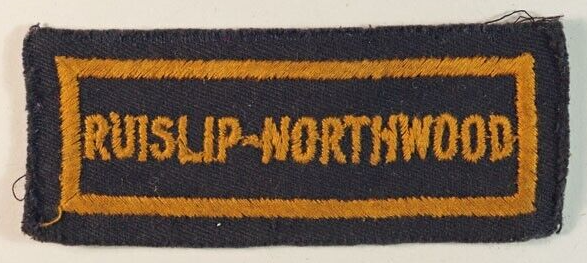

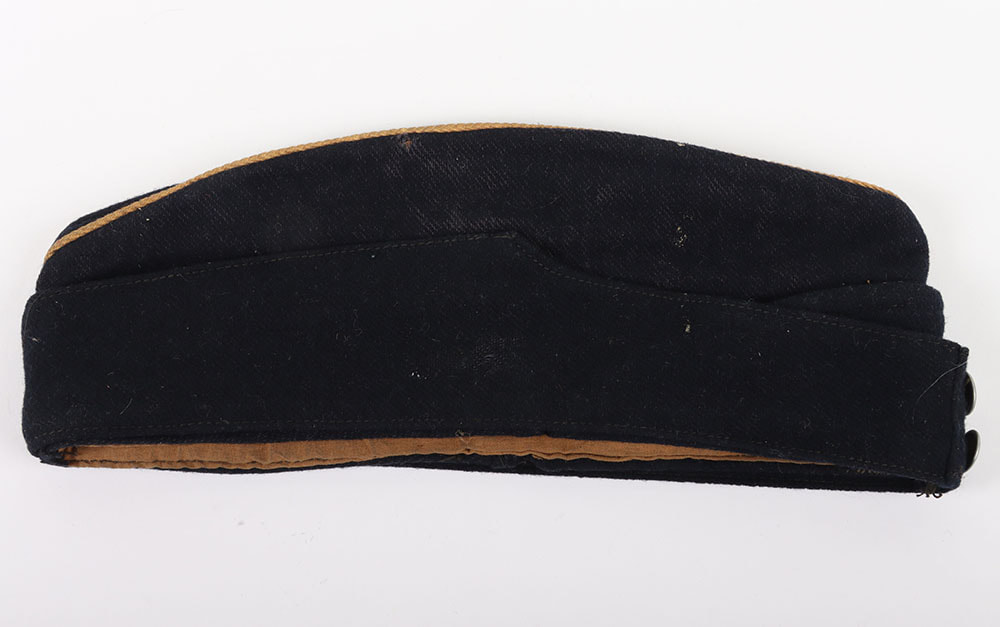
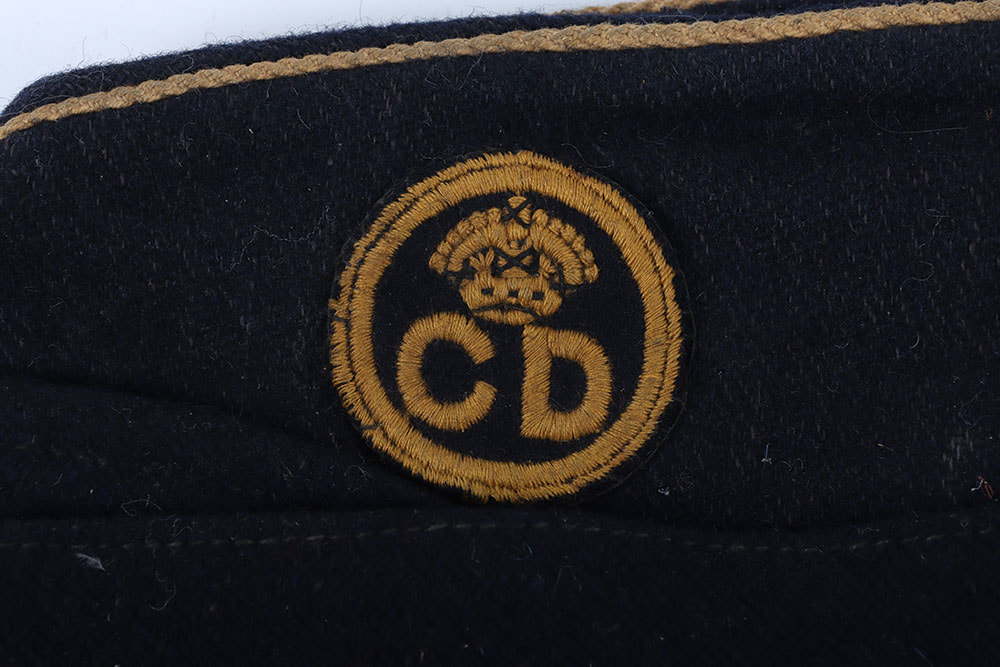
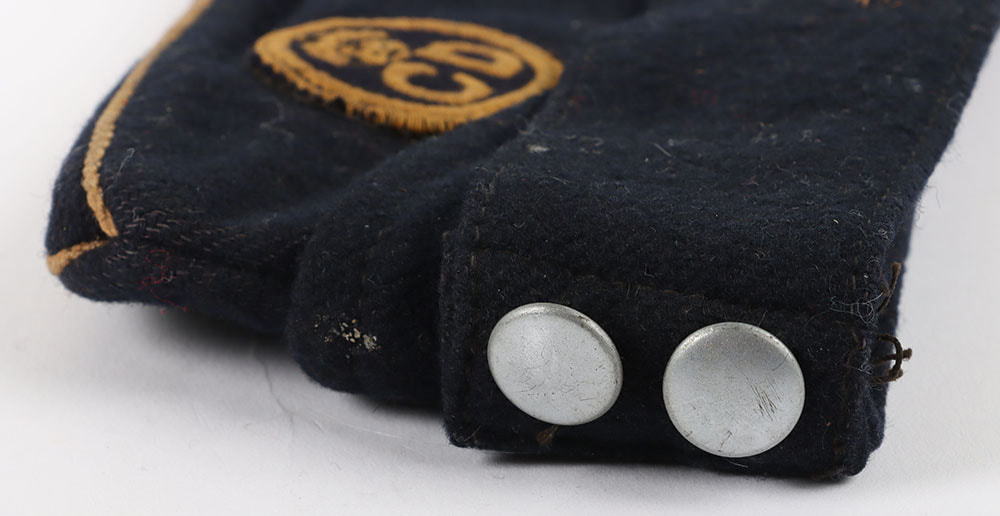

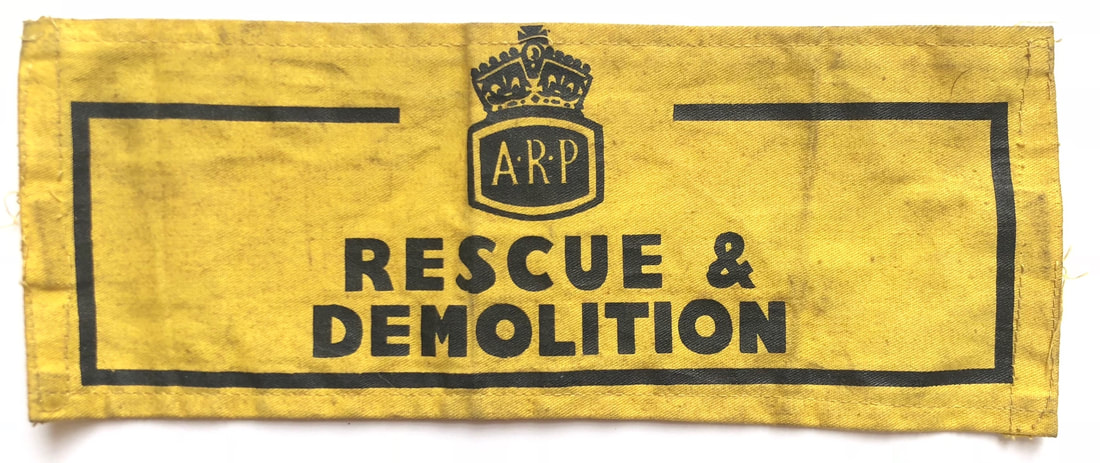
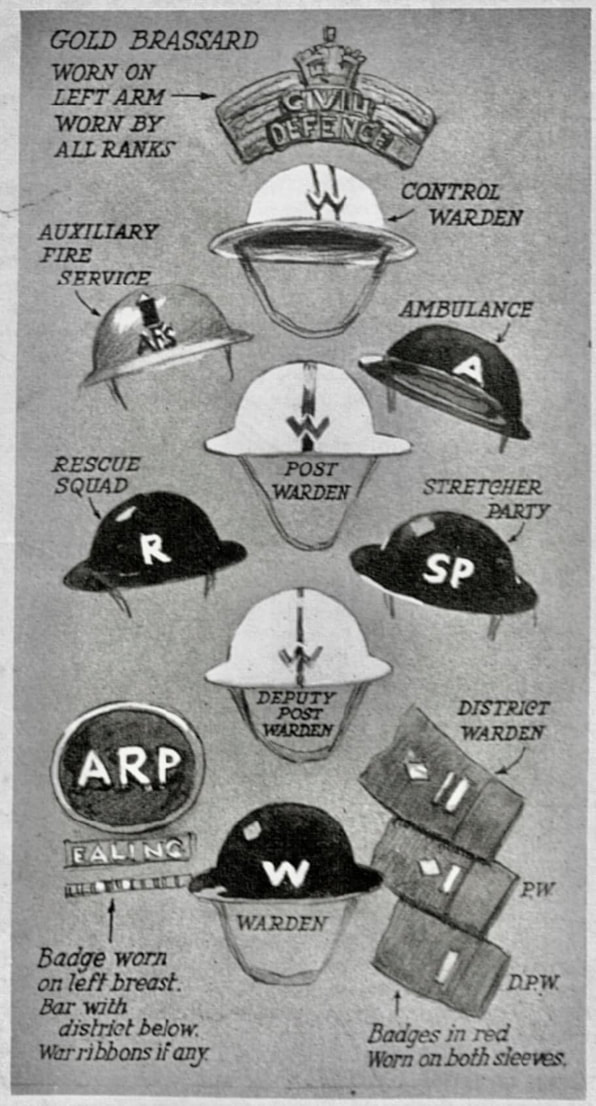
 RSS Feed
RSS Feed